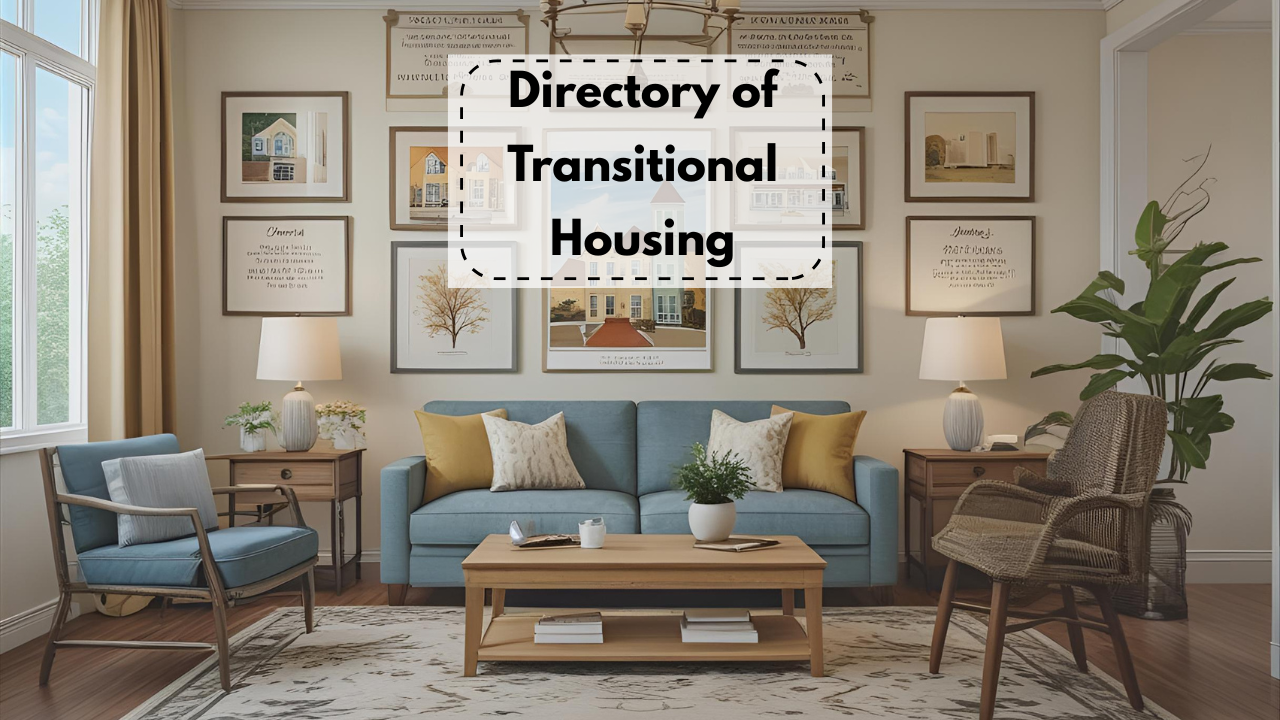For individuals facing homelessness, addiction recovery, domestic violence, incarceration reentry, or mental health challenges, transitional housing and rehabilitation homes offer more than just shelter—they provide a structured, supportive environment for rebuilding lives. These facilities serve as critical stepping stones for those who are not yet ready for independent living but have outgrown emergency shelters.
This guide offers a clear overview of what transitional housing and rehab homes are, who they serve, and where to find them across the country.
Table of Contents
- What Is Transitional Housing?
- What Are Rehabilitation Homes?
- Who Can Benefit from These Facilities?
- Key Services Offered in Transitional Housing and Rehab Homes
- How Long Can Residents Stay?
- Where to Find Transitional Housing and Rehab Programs
- Tips for Choosing the Right Program
- Final Thoughts: A Second Chance Starts with Safe Housing
1. What Is Transitional Housing?
Transitional housing is temporary, supportive accommodation designed to help people move from a crisis situation to stable, long-term housing. It is often offered to:
- Individuals or families exiting homelessness
- Survivors of domestic abuse
- Youth aging out of foster care
- Formerly incarcerated individuals reentering society
These programs typically last from a few months to two years and aim to help residents stabilize their lives through job readiness training, mental health support, financial education, and housing placement services.
2. What Are Rehabilitation Homes?
Rehabilitation homes—also known as recovery residences, sober living homes, or halfway houses—provide structured living environments for people recovering from:
- Substance abuse or alcohol addiction
- Mental health disorders
- Dual diagnoses (mental illness and addiction)
These homes emphasize daily routines, peer support, accountability, and access to outpatient treatment or counseling. Residents often participate in group meetings, job training, and life skills development.
3. Who Can Benefit from These Facilities?
Transitional and rehab housing is geared toward individuals in need of ongoing support before they are able to live independently. The most common beneficiaries include:
- People experiencing chronic or sudden homelessness
- Recovering addicts who have completed detox or inpatient treatment
- Domestic violence survivors needing safe housing
- Veterans with PTSD, housing insecurity, or mental health needs
- Youths aging out of state care systems
- Formerly incarcerated individuals needing reintegration support
These homes are particularly crucial for those with limited income, no support network, or multiple barriers to stable housing.
4. Key Services Offered in Transitional Housing and Rehab Homes
While services vary by facility, most transitional and rehab homes offer:
a. Safe, Affordable Housing
Residents are provided with shared or private rooms in a supervised environment with curfews, rules, and staff support.
b. Case Management
Each individual is assigned a caseworker who helps them develop a personalized action plan that includes housing, employment, and health goals.
c. Life Skills Training
Programs focus on teaching budgeting, cooking, job interviewing, time management, and communication skills.
d. Mental Health and Addiction Counseling
Many facilities provide access to therapy, support groups, 12-step meetings, and relapse prevention programs.
e. Employment Assistance
Residents receive help building resumes, applying for jobs, and accessing job training programs.
f. Housing Search Support
As residents progress, they are assisted with finding affordable permanent housing and, in some cases, financial assistance for deposits or rent.
5. How Long Can Residents Stay?
The duration of stay in transitional and rehabilitation housing varies:
- Short-term programs: 3 to 6 months
- Long-term transitional housing: Up to 24 months
- Rehabilitation homes: May offer flexible timelines depending on recovery progress
Stays are typically goal-oriented—residents are expected to actively participate in their recovery or transition plans to remain eligible.
6. Where to Find Transitional Housing and Rehab Programs
There are thousands of transitional and rehab housing facilities throughout the U.S., managed by government agencies, nonprofits, faith-based groups, and private providers.
National Resources:
- SAMHSA Treatment Locator: findtreatment.gov – Find licensed recovery and rehab homes.
- HUD Exchange: hudexchange.info – Lists transitional housing funded by HUD.
- Homeless Shelter Directory: homelessshelterdirectory.org – Search for transitional housing by city or state.
- 211 Helpline: Dial 2-1-1 to speak with a local referral expert about available housing programs.
Local Organizations:
- Salvation Army
- Catholic Charities
- Volunteers of America
- Coalition for the Homeless
- Local housing authorities and reentry programs
Many facilities require referrals from caseworkers, hospitals, shelters, or justice departments—so it’s best to begin by speaking with a local outreach or social service office.
7. Tips for Choosing the Right Program
Choosing the right facility can make all the difference in a person’s recovery or reintegration. Consider the following:
- Location: Is it close to your support network or work opportunities?
- Services: Does the program offer what you need (e.g., addiction counseling, job placement)?
- Cost: Is the housing free, low-cost, or covered by Medicaid or government assistance?
- Environment: Is the space safe, welcoming, and structured?
- Success Stories: Ask about resident outcomes and long-term success rates.
Do not hesitate to tour the facility, ask questions, and ensure the program aligns with your personal goals.
8. Final Thoughts: A Second Chance Starts with Safe Housing
Transitional housing and rehabilitation homes provide more than a roof—they offer hope, healing, and a path forward for people trying to rebuild their lives after trauma, addiction, or hardship. In times of vulnerability, having a structured environment and support system can make all the difference between falling back and moving forward.
If you or someone you know is facing homelessness, addiction recovery, or housing insecurity, explore these programs today. A second chance might be just a phone call away.
Safe housing is not a privilege—it’s a foundation for a better future.

